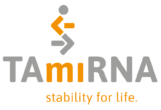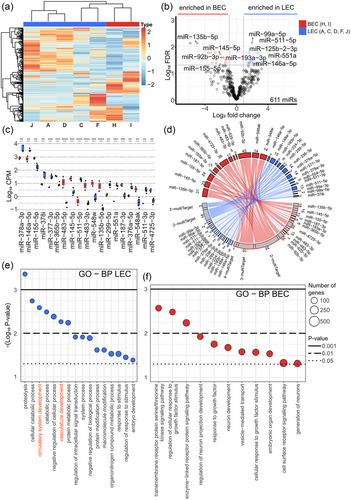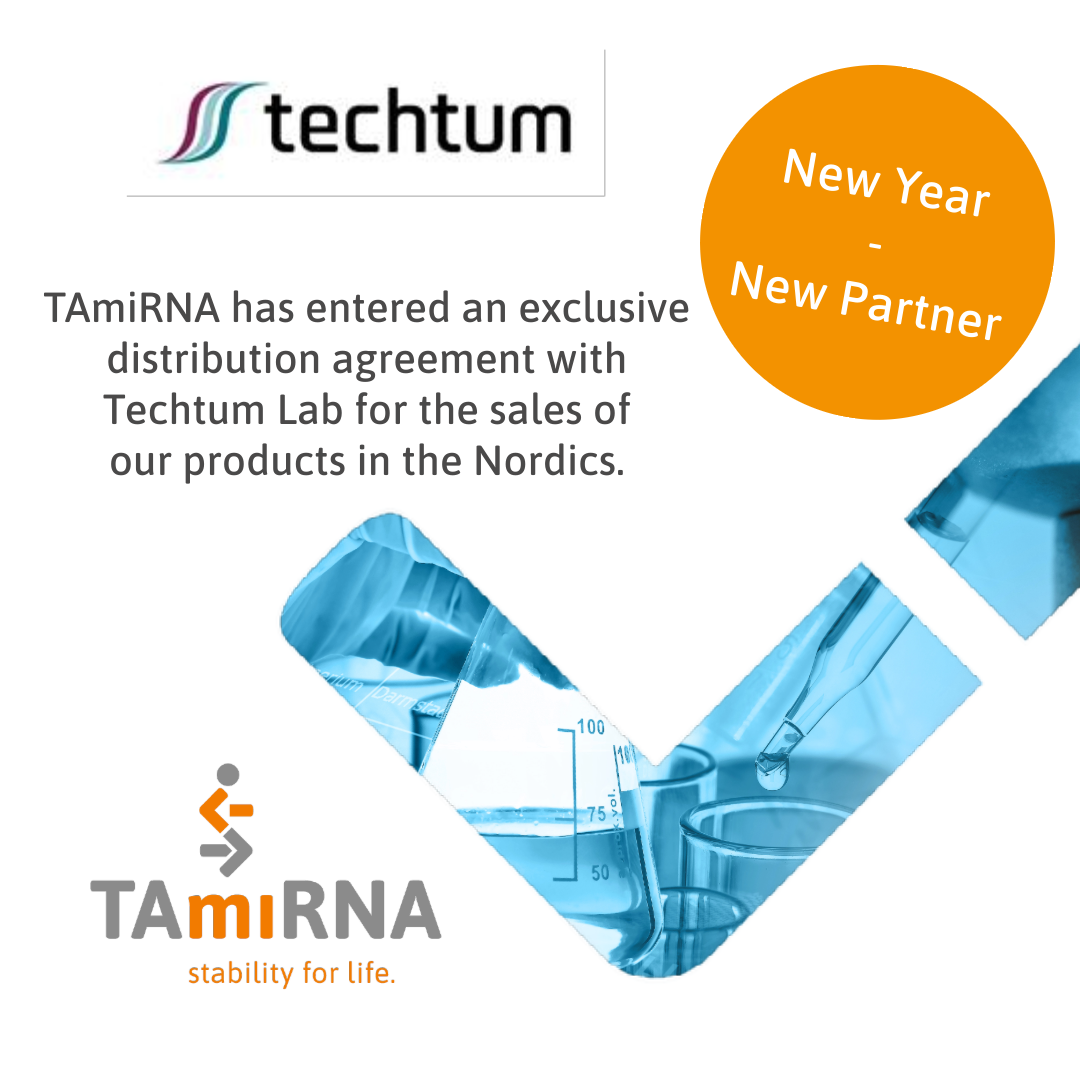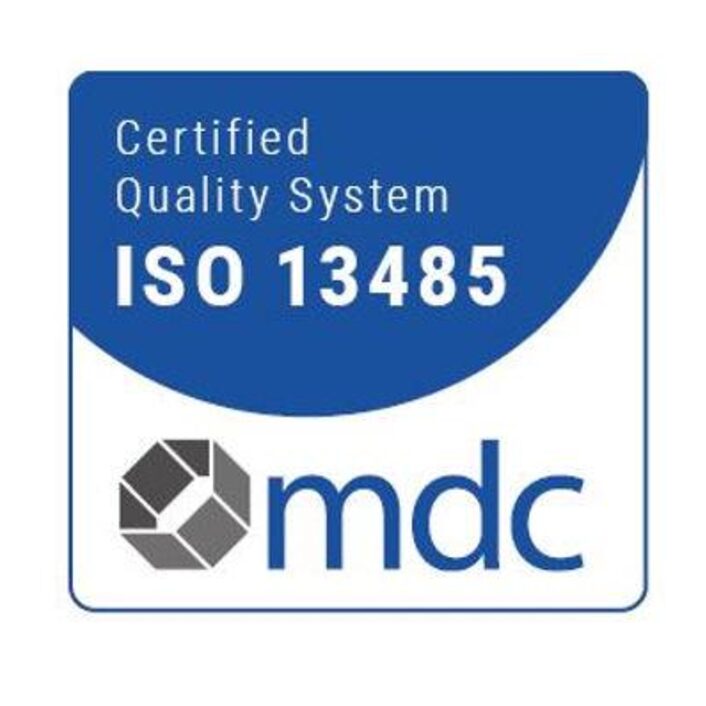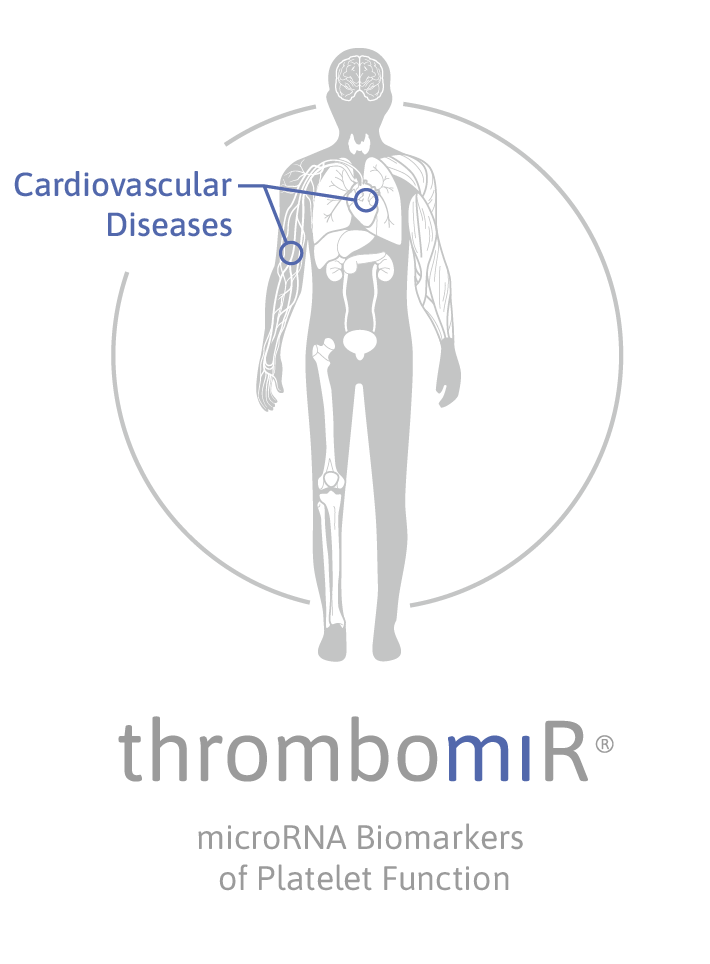TAmiRNA ‘2024 In Review’
2024: A Year of Growth, Innovation, and Collaboration 2024 has come to a close. We are proud to reflect on the milestones and achievements we’ve reached together with our incredible team, customers, partners, and supporters. Here’s a look back at what we accomplished this year: 👩🔬 Team Expansion Welcomed 3 talented new members to our growing team. 🏥 Diagnostic Implementation Successfully rolled out our CE-IVD microRNA liver function test in 5+ clinics, advancing molecular diagnostics. ✅ Service Excellence Completed over 80 RNA service projects, achieving 100% customer satisfaction. 🛠 Bioinformatics Innovation Developed 2 new pipelines: isomiR analysis and tRNA analysis, enhancing our capabilities. 🧬 Expanded Service Offerings Added whole-transcriptome sequencing for mRNA, lncRNA, and circRNA in liquid biopsies to our service portfolio. [...]






